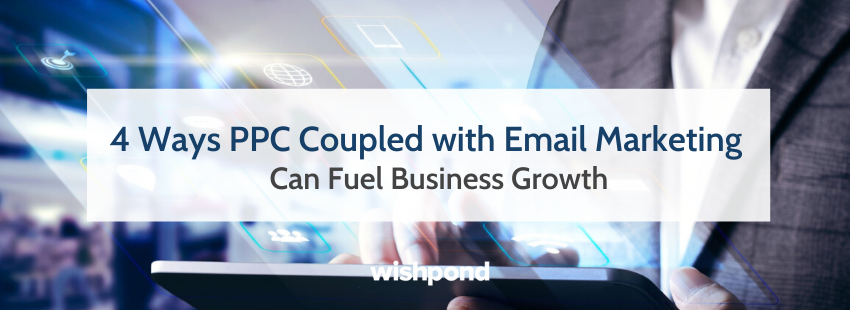For most businesses, email marketing is one of the topmost marketing priorities. That’s because email delivers a higher ROI than any other marketing channel. In fact, email marketing boasts of higher customer acquisition than social channels like Facebook or Twitter.

Email marketing shines among other marketing channels because it enables you to;
- Reach the target audience’s inbox
- Cultivate a relationship with them
- Personalize content
- Track their progress through the buyer journey
But the one thing that can truly turbocharge your email marketing efforts is PPC or Pay-Per-Click advertising.
People are more likely to click on PPC ads because they appear at the top, answer a search query, mention a familiar brand, and have a convincing title or description.
Simply stated, combining PPC with email marketing can boost your open rate and click throughs and bring potential traffic to your website. Read on to know how you can get the two tactics hitched to establish your market dominance and drive sales.
1. Fuel Your Emailing List with PPC
Maintaining the current list of subscribers and adding new ones (quality leads) to it has always been a challenge for email marketers. At present, most businesses use a subscriber form on their website to encourage visitors to sign up. This subscription rate can be easily boosted using PPC ads. That’s because PPC ads tend to enjoy decent click-through rates.
In a recent study involving 506 people who clicked on a PPC ad, 75 % of respondents agreed that these ads make it easier for them to find the information they are looking for. Thus, running a PPC ad will help you attract clicks from people who are actively looking for the products or services offered by you.
So, when an online shopper comes across a relevant ad while browsing a website or social channel, they will naturally click on it. They may then be directed to the landing page to learn more about the brand.
Finally, the subscription form on the website will persuade them to sign up for further updates.
Check out this Facebook ad by Curiosity Stream, an edutainment company. It effectively directs the user to their home page.
Further, they have included a CTA ‘Sign Up Now’ to obtain an email conversion even when the visitor isn’t ready to make a purchase. That way, the firm grows its subscriber list and the visitor can stay in touch with the brand by being notified about discounts or news in the edutainment realm.
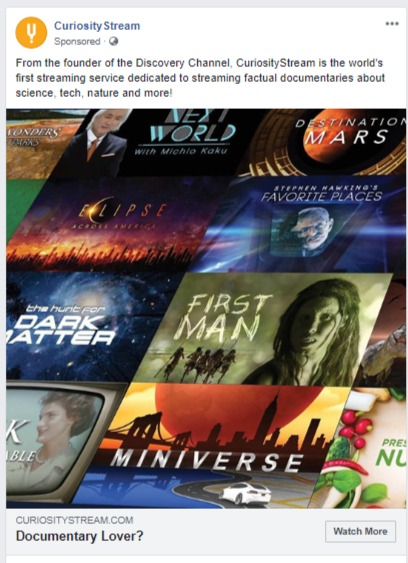
2. Test Your Emailing Strategies Using PPC
Unless the mail recipient opens your email, they will not be able to interact with it. Therefore, the success of your email strategy rests upon the email open rate. In 2019, the industry average email open rate was 22.1 percent.
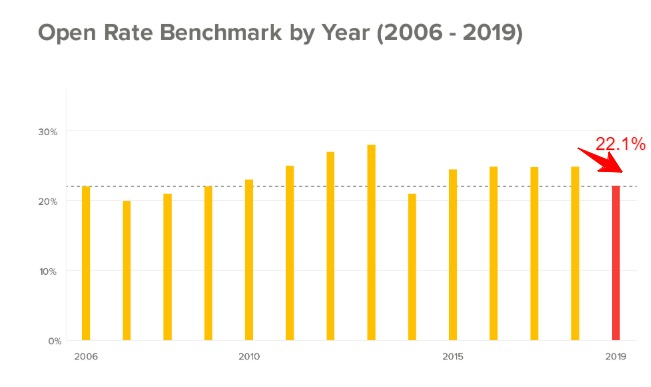
If your email open rates are lesser than the industry average, you need to take a closer look at the emails you are sending. According to this infographic, an email’s subject line, preheader text, copy, graphics, and CTA among others are the critical elements of an effective email. So, if these elements are not optimized, there’s a poor chance of your email generating the desired results.

Therefore, it’s important to test these elements to drive maximum engagement with the highest click-through rate. PPC ads can be used to test these elements before they are used in an email campaign.
Create two separate PPC ads with different CTA or subject line.
For instance, the first ad can carry the FOMO (Fear of Missing Out) element, using phrases like ‘Limited Period Offer’ or ‘Last 2 Pieces Left.’ The other ad could address the existing customer pain point or a need gap. Check out how this ad addresses the need for wearing suitable winter wear when exploring the outside world.
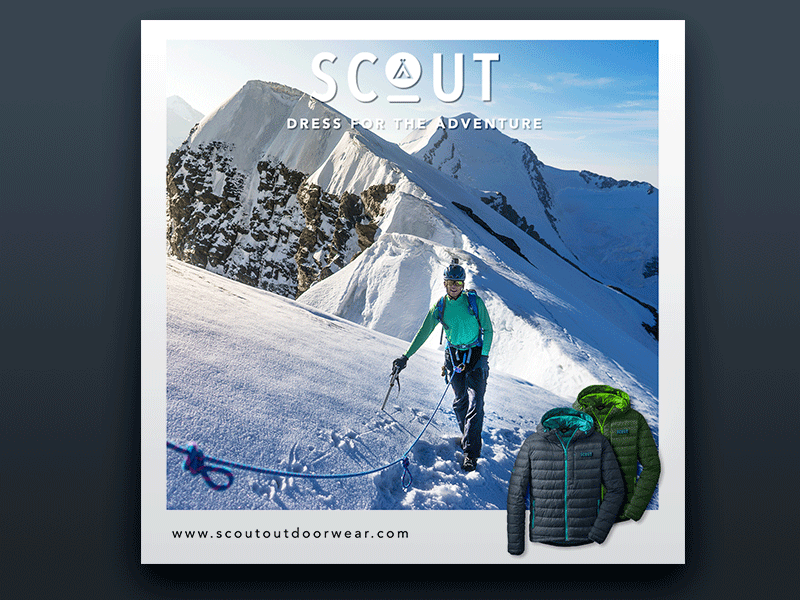
Let the 2 ads run simultaneously for a week and determine which one gets a better response in terms of clicks.
A/B testing the two ads will help you choose the most suitable and effective subject line or CTA for your email, thus improving its open rate.
3. Use Email List-Based Retargeting
True, 79.17% of shoppers abandoning their cart before completing the transaction. But that doesn’t mean these online shoppers are lost forever.
They can be brought back using a sound email retargeting strategy.
Email marketers often find it challenging to find a way to boost their brand recall without cluttering the recipient’s inbox. No one wants to see their inbox cluttered with emails from a single brand. In fact, such practices could land a brand in the spam folder. So, increasing your email frequency is not a viable solution.

Email retargeting ads work the same way as traditional retargeting ads; however, they allow you to target your email subscribers instead of any person online. Thus, they are sharper and more effective. In fact, an infographic by Wishpond shares that subscribers who are retargeted with display ads are 70% more likely to convert.
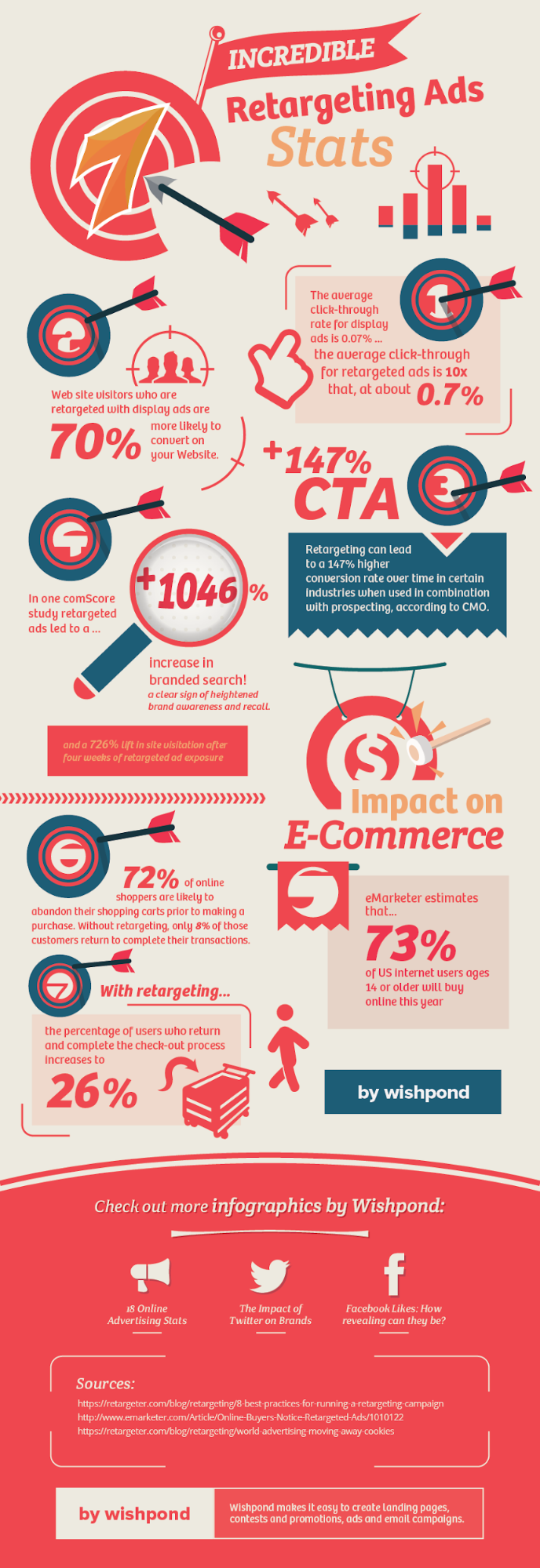
Further, these ads are less intrusive as they appear when the user is browsing the web or a social channel(instead of cluttering their inbox). This offers top-of-the-mind brand recall for your prospects minus the risk of irking them.
List-based retargeting ads allow you to have customized criteria for your ads based on customer behavior. Use platforms like SendGrid that can help you retarget your subscribers across various channels like Facebook, Instagram, and Google Display Ads.
4. Leverage Gmail Sponsored Promotions
Gmail dominates the email marketing segment with more than 1.5 billion monthly active users.
In fact, Gmail accounts for 27% of all email opens. So, you see, it’s hard to imagine a world without Gmail. If your brand message isn’t on your target audience’s Gmail account, you are probably losing out on a conversion opportunity.
That’s where Google Sponsored Promotion (GSP) pitches in! GSP is an interactive ad that shows up in the ‘Promotions’ or ‘Social’ tab of the personal Gmail inbox, the one place your target audience is! They show up right at the top of the inbox, getting people to open the ad and click through the landing page.

Refer to the screenshot shared above. That’s the collapsed ad that offers a quick glimpse of the brand message. When the user clicks on it, the expanded ad (shown below) opens up.
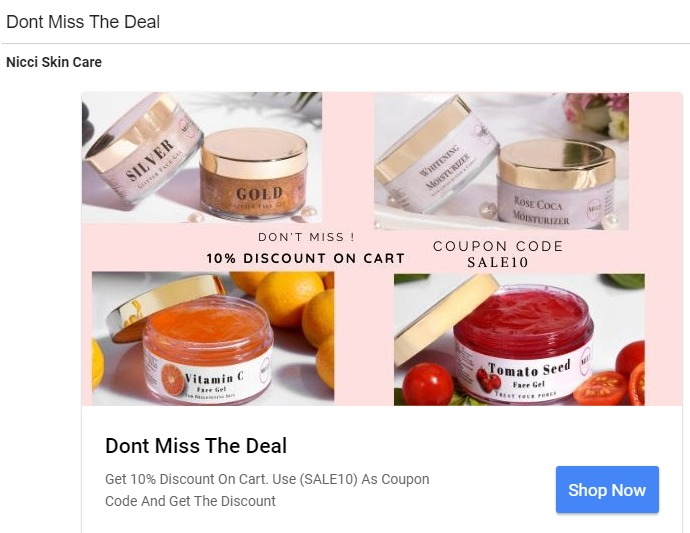
GSP is a pay-per-click ad; so, you pay for the click that expands the ad, not every time the user interacts with the expanded ad. You can either create or upload your ad using Google Ads experience.
If you choose to create, follow these steps:
- Sign in to your Google Ads account
- Choose the “Display campaigns” option
- Click “Ads & extensions” in the page menu
- Click the blue plus button
- Select “Gmail ad”
- Provide the required information for the ad
If you plan to upload the ad, follow these steps:
- Sign in to your Google Ads account
- Choose “Display campaigns” option
- Click “Ads & extensions” in the page menu
- Click the blue plus button
- Select “Upload Gmail ads” or select Upload display ads then select a Gmail campaign.
- Provide the required information
Here’s an interesting video tutorial that will help you create a GSP for your brand within minutes.
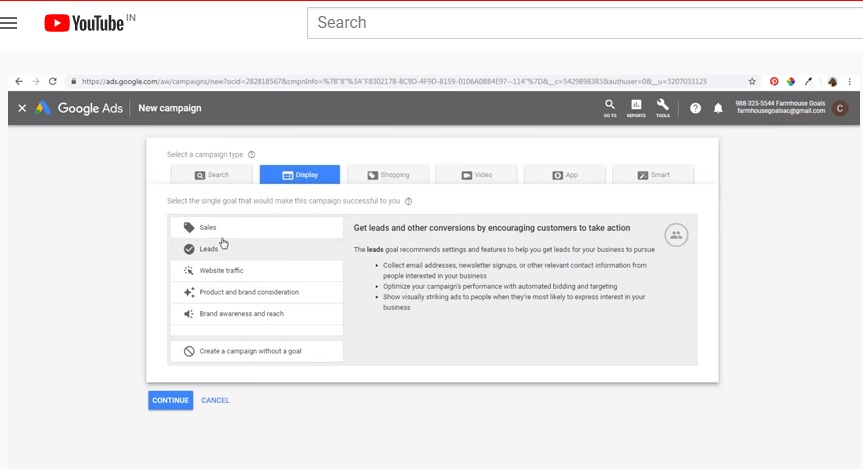
Depending on the format you use, the recipient can click the ad and play the video, fill a form, or click to visit your business website or the app marketplace.
You can use the targeting options like display keywords, topics and domains in their inbox, demographics, the device they use, and others to get your email on the top of the inbox at any particular instant of time.
Over to You!
PPC and email marketing go together like peas and carrots. Smart marketers are already using PPC to grow their subscriber base and target their audience effectively. Conversely, they are using the data from their email campaigns to boost their PPC efforts.
It’s high time you do so too!
Use the tips and tricks shared in this post to get the best PPC and email marketing and catapult your business conversions and revenue. Have you been coupling PPC with email marketing? Tell us about your experience!
About the Author
Kevin Reis is an experienced SEO specialist with over ten years of industry experience. His most recent accomplishment was initiating and scaling Shopify’s very first international SEO effort.He enjoys writing on a variety of topics that range from SEO, technical & International SEO to content ma

